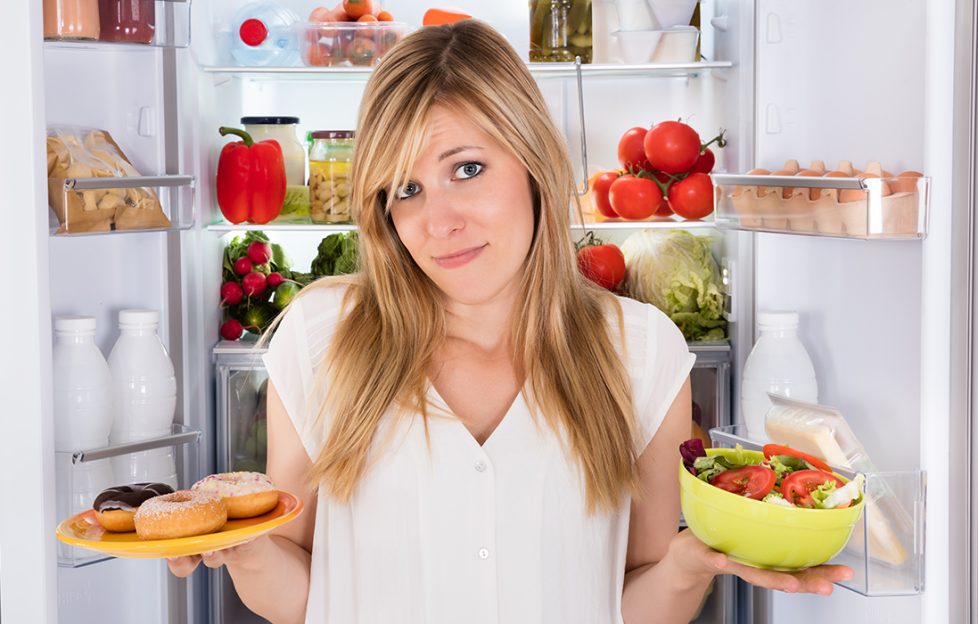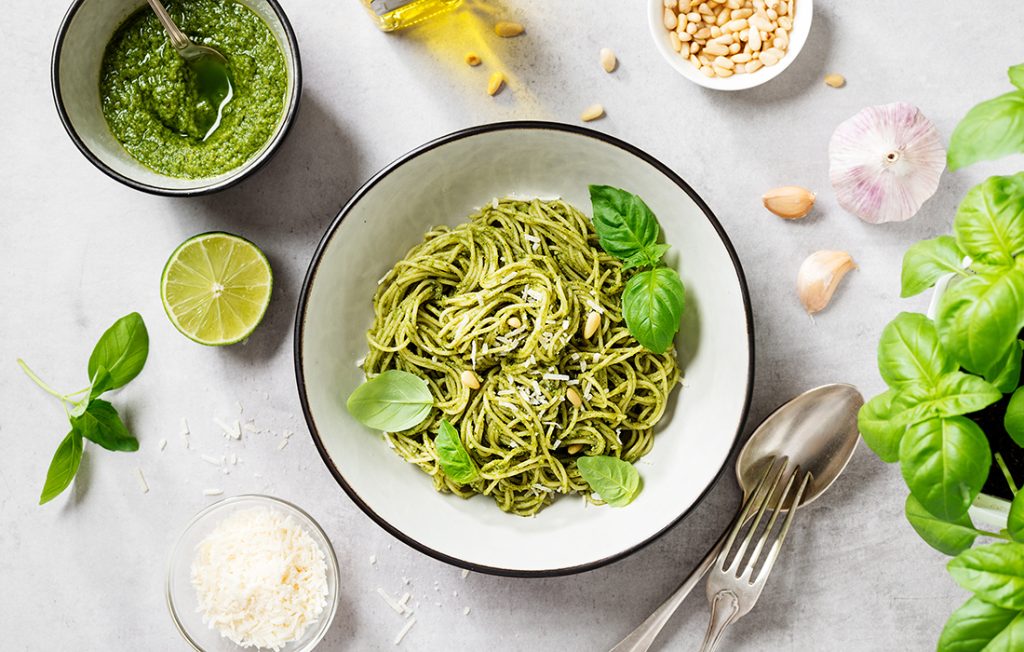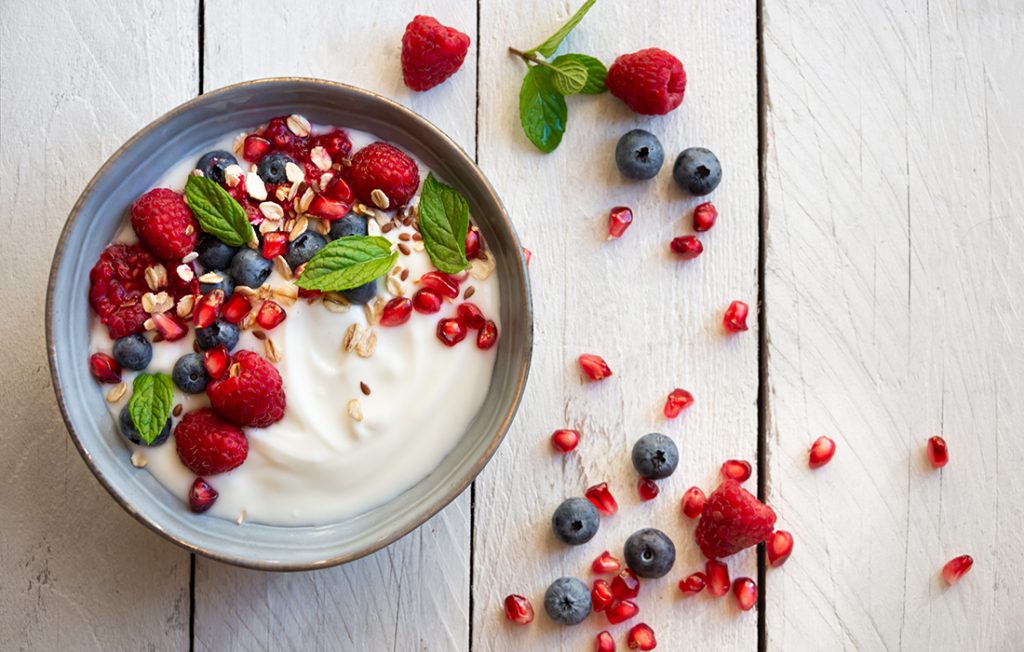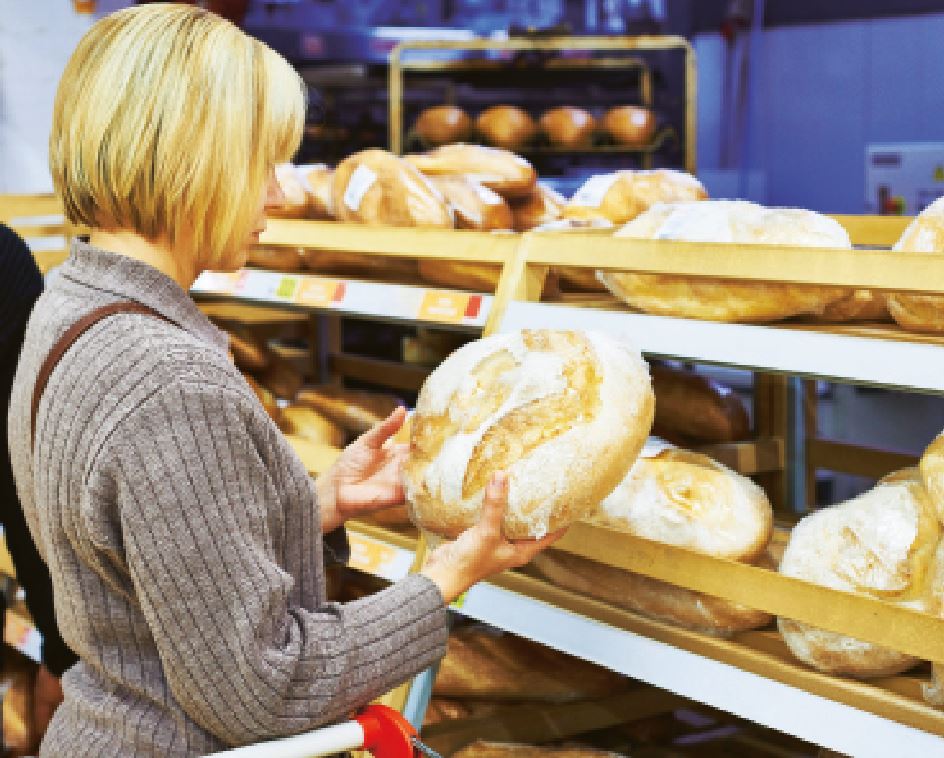All You Need To Know About Ultra-Processed Foods

With recent news that experts have linked eating ultra-processed foods with 32 health issues, is it time for us all to take a closer look at our diet?
Some of the foods we often think are healthy could, in fact, be harming us. We asked some leading experts to explain what is UPF, how we can identify it – and why we love it so much!
What is ultra-processed Food (UPF)?
That fat-free strawberry yoghurt you had for breakfast, the figure-friendly egg and cress sandwich you bought for lunch, and the pesto pasta that you cooked for dinner… If you’ve still got the packaging, do yourself a favour and read through the lists of ingredients. There’s a very high chance that your seemingly healthy day’s menu was entirely made up of UPF: ultra-processed food.
In fact, as a rule of thumb, just about any food you buy that’s making a health claim on its packaging is a UPF, according to Dr Chris van Tulleken.
Dr Chris has spilled the beans on the worrying direction our food is taking in his book Ultra-Processed People: Why Do We All Eat Stuff That Isn’t Food… And Why Can’t We Stop?
“UPF now makes up 60 per cent of the average diet in the UK,” he explains. “Much of it will be familiar to you as ‘junk food’, but there’s plenty of organic, free-range, ‘ethical’ UPF too, which might be sold as healthy, nutritious, environmentally friendly, or useful for weight loss.
“In reality most of our calories now come from substances that can’t really be called food,” he says.
“They’re constructed from ingredients you’re unlikely to find in a recipe book or domestic kitchen – like modified starches, invert sugars, hydrolysed protein insolates and seed oils that have been refined, bleached, deodorised and hydrogenated.
“They’re then assembled into concoctions using other molecules that are new to human senses – such as synthetic emulsifiers, low-calorie sweeteners, stabilising gums, humectants, flavour compounds, dyes, colour stabilisers, carbonating agents, firming agents and bulking – and
anti-bulking – agents.”
It’s hard to believe there could ever be anything appetising about these alien sounding concoctions, but the truth is that most of us can’t get enough of them because they’re designed to tempt our tastebuds, says Dr Nicole Avena, Associate Professor of Neuroscience at Mount Sinai School of Medicine.
Dr Nicole Avena explains:
The effect on your brain is similar to that of addictive drugs like cocaine or alcohol.
“It could take you 90 days of abstinence to stop craving them.”
The good news is that, once you know what you’re looking for, you can break free and make smarter food choices.
4 food groups – so how can we recognise UPF?
Every food can be categorised in what’s known as the NOVA system. This divides foods into four groups.
- The first group – unprocessed or minimally processed foods. Includes meat, fruit, and vegetables, but also things like flour and pasta.
- Group 2, processed culinary ingredients. Includes oils, lard, butter, sugar, salt, vinegar, and honey. “Mix these with foods in group 1 and you have the basis of delicious food,” says Dr Chris.
- Group 3, processed food. Includes ready-made mixtures of foods from groups 1 and 2, for example tinned beans, salted nuts, smoked meat, canned fish, chunks of fruit in syrup, and freshly-made bread.
- And then there’s group 4, ultra-processed food. “There’s a very long, scientific definition,” Dr Chris explains. “But it can be boiled down to this: if it’s wrapped in plastic and has at least one ingredient you wouldn’t usually find in a standard home kitchen, it’s UPF.”
Can UPF cause illness?
Recent studies have shown that UPF are linked to a shocking 32 health issues.
The more UPF we eat, the higher our risk of numerous health conditions. These include cardiovascular disease, cancer (breast cancer specifically), type 2 diabetes, high blood pressure, fatty liver disease, inflammatory bowel disease, depression and dementia, says Dr Chris. “In 2022, a study published in the journal Neurology looked at data from 72,000 people. They found that eating just 10 per cent more UPF was associated with a 25 per cent increase of dementia, and a 14 per cent greater risk of Alzheimer’s disease.”
Why do we love UPF so much?
Most UPF contains sugar, and that’s what makes it so addictive, according to Dr Avena, author of Why Diets Fail: Because You’re Addicted To Sugar. ‘It causes our brains to produce more dopamine, which we find comforting. The foods make us feel warm and fuzzy and cause us to ignore all other body’s cues – including signs that we should be feeling full.”
Beware of products labelled “sugar-free” too. Artificial sweeteners can increase your appetite, and fructose syrup is now thought to be even worse than sugar for causing obesity, diabetes and a fatty liver.
Cutting UPF could help weight control
Cutting UPF from your diet could also help you reach your weight loss goals. One study put two groups of people on diets with identical amounts of fat, sugar, salt and calories – but, while one group’s food was 80 per cent UPF, the other group only ate food cooked from scratch.
Both groups were allowed to eat as much of their prescribed food as they liked. The result: those on the UPF diet ate around 500 more calories than the other group – and unsurprisingly gained weight. Meanwhile the non-UPF group lost weight.
Not All UPF is bad
Not all UPF is equally bad for you – it’s all a matter choosing which foodstuffs and how often you eat them.
The consumer champion Which? points out that some foods which meet the UPF definition may still deserve a place on your table. These include Heinz Beanz, Alpen No Added Sugar Muesli, and New Covent Garden Tomato & Basil Soup. The baked beans are high in protein and low in sugar but deemed UPF because they contain modified corn flour, spice and herb extracts. The milk and whey powders in the muesli make that UPF. And the soup’s carob fruit syrup (in place of sugar) also counts as ultra-processed. However, these products can be part of a healthy balanced diet.
Ice cream that doesn’t melt – and other alternatives
Dr Chris’s interest in the secret ingredients in UPF peaked when he noticed that the ice cream he’d bought his daughter didn’t melt, even once the tub it was in had become warm. He went online to look up its ingredients, which included various types of gum and emulsifiers to stop it running.
It’s these kinds of ingredients that have become associated with causing us to overeat. Emulsifiers and carrageenan may also have a negative impact on gut health if we eat too much of them.
Nearly all ice cream that you buy from shops and kiosks contains ingredients you wouldn’t use at home and therefore meets the definition of UPF, says Dr Chris. You can buy a more authentic ice cream such as Cream o’ Galloway, made only with ingredients you’d use at home. A tasty and healthy ice cream alternative is frozen full-fat natural Greek yoghurt, which you can flavour with peanut butter or berries.
Bread plays a big part in the UPF debate
You may think wholemeal and seeded breads are healthy, but it still pays to read the label, says Chris Young of The Real Bread Campaign. “We’ve spotted a few supermarket brands that don’t use additives, though the only one signed up to The Real Bread Loaf Mark scheme is Bertinet Bakery.
“Look for The Sourdough Loaf Mark, too. Genuine sourdough bread is made without additives and leavened using only a live sourdough starter culture. If a product is named or marketed using the word sourdough but made using any additive, baker’s yeast or chemical raising agent, it’s what we call sourfaux.”
Nutritionist Jenna Hope says, “You may also find that breads with a shorter shelf life are fresher and therefore contain less artificial additives.
“One reason we advise limiting food additives of all types is that there’s too little research around the long-term effects of them. It’s also quite difficult to do this research into human health – although there are animal studies suggesting that additives such as Titanium Dioxide (E171), Carrageenan and some emulsifiers can negatively impact gut health, while flavour enhancing MSG may contribute to increasing oxidative stress, which is linked to various chronic diseases.”
Smart swaps
A common conundrum is that many recipes cost more to make from scratch than to buy ready-packaged or in a bottle. Pesto is an example, with ingredients such as fresh basil, olive oil, Parmesan cheese and pine nuts adding up to around £10. But the Deliciously Ella Green Basil Vegan Pesto is a cheaper and reduced additive alternative.
Also read the label of your favourite mayonnaise. We looked at one well-known brand. The standard version has enough added ingredients to make it a UPF, but it was a better option than the low-fat version, which was thickened with gums and starch.
Or splash out on a more expensive but relatively additive-free brand such as Delouis – though this does still contain mustard, which is a source of sulphites.
“If you want to avoid these, you could make your own creamy dressing with yoghurt, olive oil, fresh (not bottled) lemon juice, and salt and pepper,” advises nutritionist Judy Watson.









